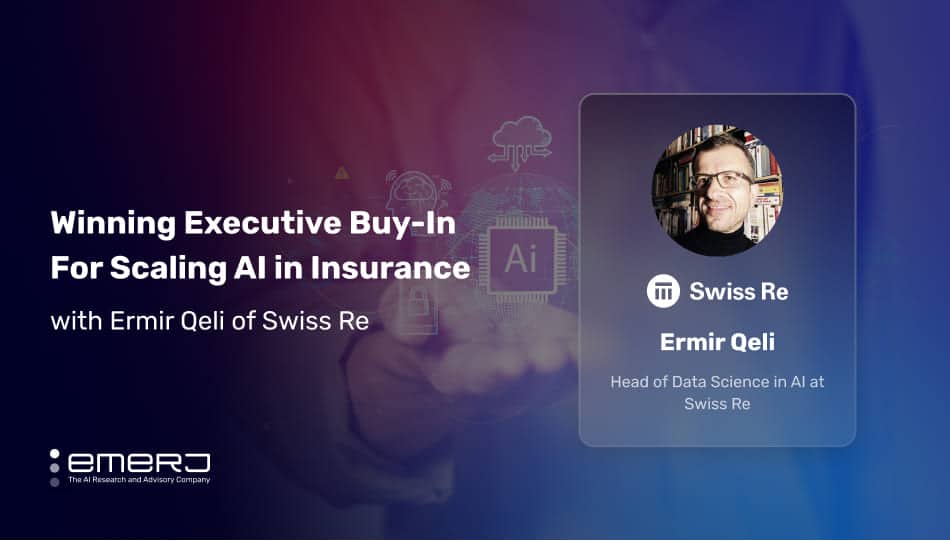In-Depth Analysis
Consistent coverage of emerging AI capabilities across sectors.
Through bespoke virtual events and publishing, we help leading AI products and service providers connect with Global 2000 leaders.
Our AI-adopter executive subscribers come to Emerj to learn to solve the problems that traditional IT can’t solve, and to find solution providers to help with their most pressing needs.
Listen to some of Emerj’s brightest subscribers and speakers on the AI in Business Podcast.
Listen to the AI in Business PodcastWe are proud of our subscribers:






Global AI brands use Emerj to reach an active audience of AI-interested executive leaders:
Support pipeline by reaching enterprise leaders who are already looking to move beyond traditional IT
Connect 1-to-1 with your ideal enterprise buyer through bespoke online events, geared educate an build trust.
Emerj subscribers include AI adopters and champions within many of the world’s most respected brands. Join over 30,000 enterprise leaders who receive Emerj’s Tuesday AI ROI newsletter:



